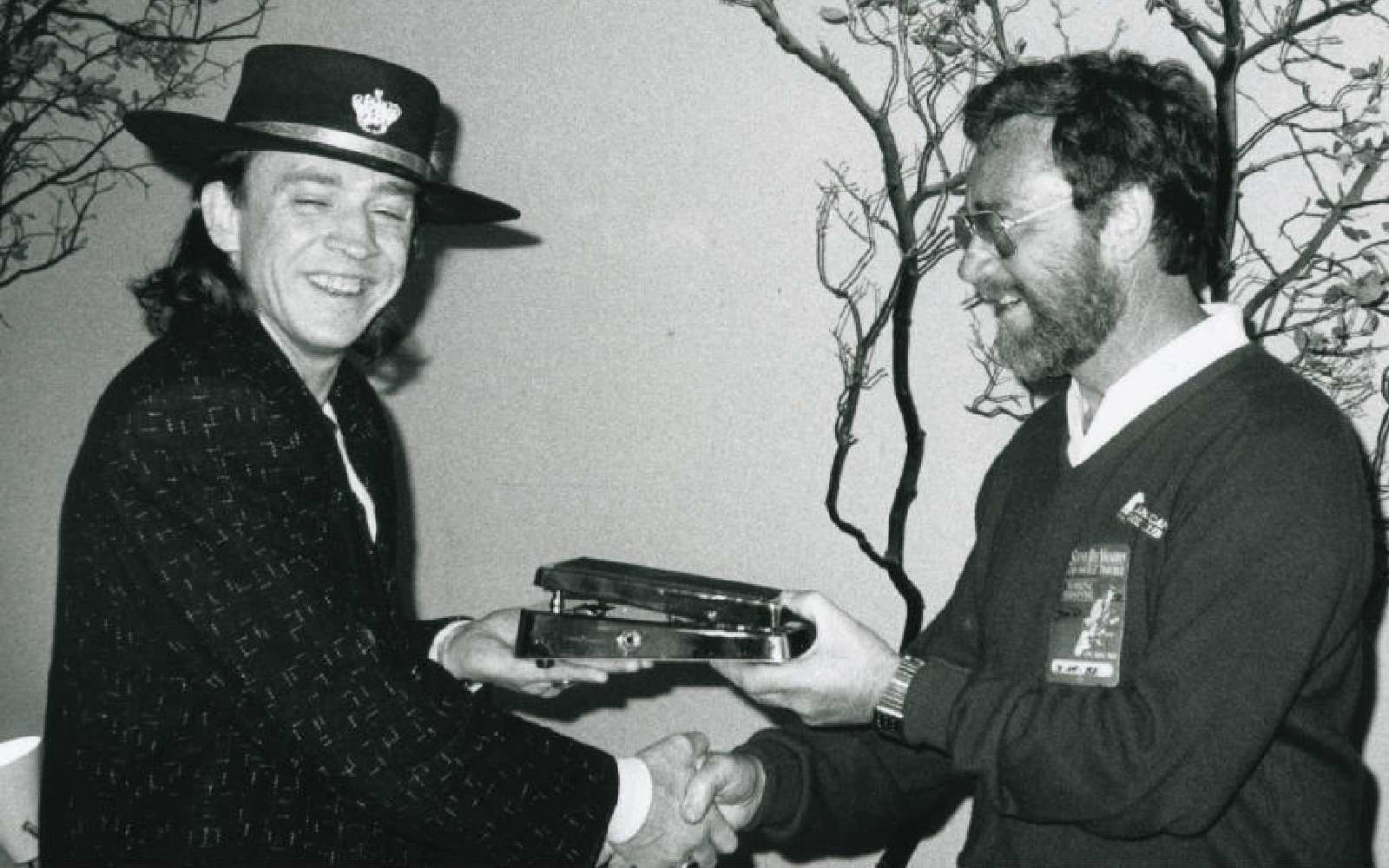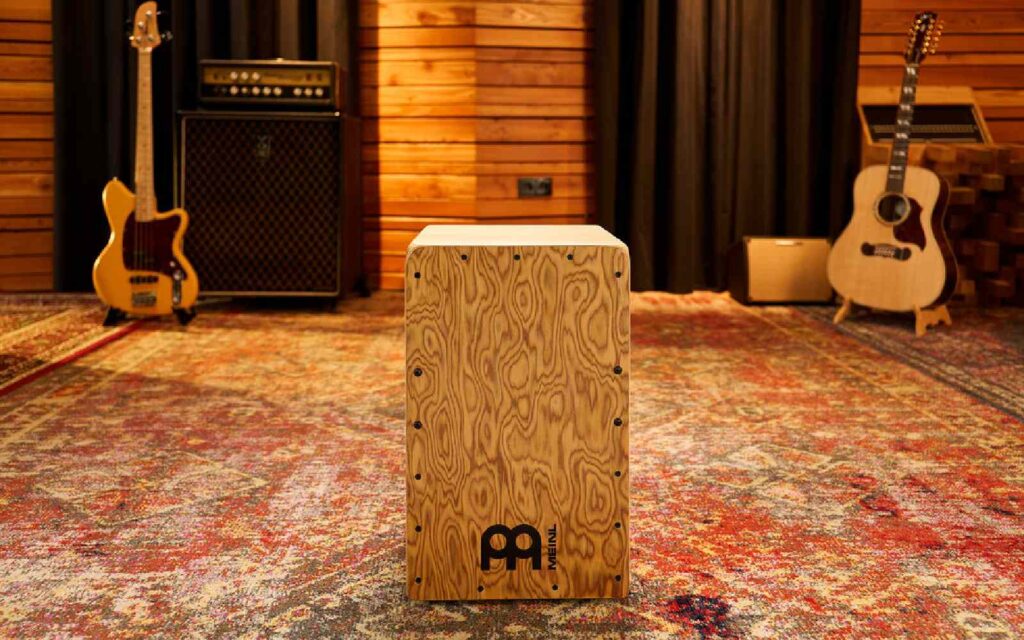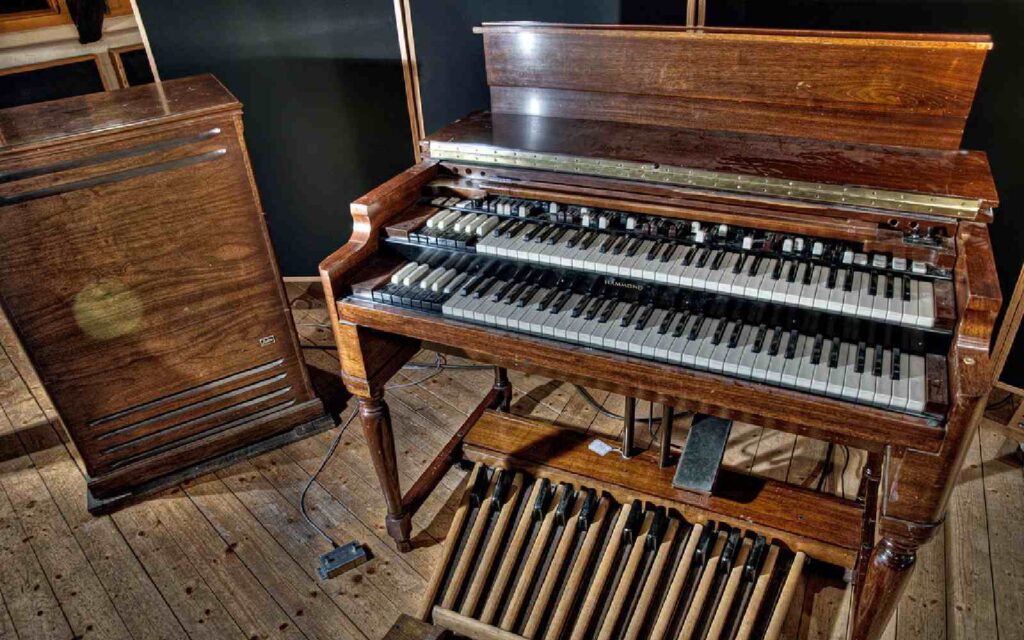Dunlop is perhaps most recognisable for his innovation in the field of music gear – in particular, the countless picks favoured by guitarists around the world and the iconic Cry Baby wah pedal.
Memories and messages of support spread following first reports of the loss of Jim Dunlop in 2019, with fans, colleagues and musicians alike extending their sympathies. The legacy of Jim Dunlop Guitar Products dates back to 1965, when Dunlop identified a gap in the market for a product that could be sold to millions of musicians. He and his wife had recently made the move from Ottawa to San Francisco, where Dunlop began working as a machinist to support his family, spending his spare time pursuing his innovative ideas to create guitar products.
An early design was called the VU-Tuner, which later developed into the Vibra-Tuner. This product was initially poorly received; however, Dunlop persisted with his inventions and soon found success in a new design.
“One day, I was in San Francisco trying to sell it to a guy and he told me there was a need for a good 12-string capo, and I decided I was going to make one,” Dunlop said in an interview on the Dunlop Manufacturing website. “So I came up with the design and patented the overstretched knee, or Toggle capo. I started making them on my own, with my wife. That’s the capo that became the 1100…”
Unlike the reaction to the Vibra-Tuner, these capos found a positive reception almost instantly. From here, a conversation with store owner/luthier Jon Lundberg inspired Dunlop to try his hand at a new design that would come to be synonymous with his name.
“He told me he wanted me to build the old National metal thumbpick, because they weren’t making them anymore. So I did, and he bought them.”
And so the process of making history began. Dunlop sought a patent for a rounded pick design, following this success with nylon flatpicks in six different gauges. When tortoiseshell was no longer available as pick material, he created Tortex, which would go on to become his top-selling pick in the ‘90s and the product of choice for everyone from Metallica to Nirvana.
From here, Dunlop expanded his repertoire once more, stepping up to the plate to present endless slide options for guitarists, including glass, brass, stainless steel, concave, ceramic and porcelain. It was then that he heard the iconic Cry Baby brand was available for purchase and made a decision that would be monumental in the development of his business: Dunlop acquired the brand.
The acquisition of the Cry Baby brand encouraged Dunlop to expand further into the pedal market, where he turned his attention to one of the most influential guitarists of all-time: Jimi Hendrix. After getting in touch with Jimi’s father Al to ensure the products had the Hendrix family’s approval, Dunlop created a whole line of Hendrix-esque effects, including Fuzz Face, Uni-Vibe, and Octavio. Dunlop further expanded his pedal interests with the acquisition of MXR, which saw the long-dormant brand grow to international acclaim once more.
Today, Jim Dunlop Guitar Products remains renowned for its innovation in the music gear industry and is held in high esteem around the world. Jim Dunlop’s legacy as a true pioneer, whose bold decisions, unwavering determination, and innovative mind made a lasting impact on the guitar gear industry, will be remembered through every pick and every pedal that holds pride of place in a guitarist’s rig.
Dunlop Manufacturing has published an in-depth look into their history over on their website, which is well worth a read to truly appreciate the legacy of Jim Dunlop and his innovative company.







